Despite everything 2020 has thrown at us, the next generation of gaming is finally here. First with the Xbox Series X and now with Sony’s PlayStation 5. It goes without saying that excitement levels are high, and gamers are clamouring to find out which of the consoles they should be investing in. With this in mind, and before the review continues, here is a clear word of advice: play where it makes you happy, the platform does not matter.
The PlayStation 5 has a staggered launch window. Certain countries, like the USA, Australia and several more, received the console from the 12th of November 2020. For the rest of the world, the console launches from the 19th of November 2020. There are two versions of the console, a disc version (US $499/ZAR R11999) and a digital edition (US $399/ZAR R9999), and each comes in standard packaging with an HDMI 2.1 cable, base plate, USB-A to USB-C cable, power cord and user manuals.
There is no denying how the PlayStation 5 has a rather divisive design language. Many people are either going to instantly love it, or hope they have somewhere to hide it. Personally, I was not initially enamoured with the look of the console. Over time, however, I have come to absolutely adore the textures, curves and generally premium materials used to craft the device. The white on black contrast is eye catching, and the way the LED’s light up the upper flaps really does lend the console a decidedly futuristic look. Every time my gaze drifts to it, I am reminded of how this is more than a console – it is an experience (more on this later). Regardless of the way you might feel, Sony’s design language harbours a very clear message: this machine deserves to be seen and to be the focal point of your gaming setup.
The overall quality of the console is top notch. Especially the white side plates that also have the PlayStation sigils embossed on them on the inside (a really nice touch). Unfortunately, the shiny black part extending from the front through to the top of the console is its weakest link. Not only does it come across as ‘cheap’ (when compared to the rest of the console and the Dual Sense), but it attracts fingerprints and dust very quickly. Worse still, it scratches terribly easily. It might certainly give the console a premium look from afar, but close-up it detracts from what is absolutely a showpiece for any entertainment setup.
With this in mind, the PlayStation 5 is monstrously sized. It dwarfs consoles from the competition and it will make it fairly challenging to find a location to place it. In this sense and with a vertical positioning in mind, it is 38.8 cm tall, 8 – 11 cm thick and 26 cm deep. It is worth noting how these dimensions are without the included baseplate or with the consideration of airflow, which adds an extra 2 – 8 cm to the system’s dimensions depending on how it is displayed. Given the size of the console, it does make it challenging to place in traditional setups, but where there is a will there is a way and my PlayStation 5 is now proudly displayed behind my television.
In terms of inputs and outputs, the front of the console has one 10 Gbps USB-C port, one 10 Gbps USB-A port, the disc drive with an eject button (only on the disc version), and a power button; whereas the rear of the console has a Kensington lock, two USB-A 10 Gbps ports, a Gigabit ethernet port, an HDMI out and a power port. The inclusion of both USB-C and 10 Gbps speeds is fantastic, and will go a long way to ensuring the system remains future proof. In addition, the PlayStation 5 also has support for WiFi 6, which means those pesky WiFi issues that once plagued the PlayStation 4 are nowhere to be seen.
The console aside, Sony has completely changed the operating system (OS) for the new console, and this is both a blessing and a curse – at least right now. The good news is that anyone familiar with the PlayStation 4 will feel right at home on PlayStation 5 – save for one or two major differences. Visually, it is clear the OS is an evolution of what came before. In this sense, the remnants of the PlayStation 3’s XMB remain in the form of a list of tiles representing recently used games and apps. This list is just below another set of menu options separating ‘games’ from ‘media’ and providing access to search, settings and profile information. However, the most eye catching change is how wonderful and visually striking the overall experience is for this new console. Highlighting any of the recently used tiles showcases a gorgeous backdrop as well as unique audio – an overall enhancement to the PlayStation 4 version. The OS has clearly been designed to put games at the front and centre of the experience, and it is a very welcome change. To aid with the wonderful visual embellishments, the OS operates incredibly quickly and is deliciously smooth with some wonderful audio cues to complement the new look.
The biggest change, from a functional perspective, is the inclusion of the all new ‘control centre’. Gone are the days of the PS button long press, now replaced with the PS button quick press to bring up very useful options and settings. These include quick access to parties, audio settings, the game switcher and more. It can also be customised to your own preferences. Taking the control centre even further is the addition of an all new ‘cards’ system. These contextual cards are displayed whenever the PS button is pressed, and range from showcasing the latest news for games, all the way through to level and trophy guides as well as a means of quick launching into certain titles. When implemented with thought and care, the card system is actually very good – especially if you are a trophy hunter. Unfortunately, it will be up to developers to take advantage of this new feature, so only time will tell if it becomes as useful as Sony hopes it will be. For the most part, and at least initially, I mostly only used the cards system as a quick means of bypassing the splash screens games have when booting up in order to go directly into the title to where I last left off.
Included in the Control Centre is a handy ‘Game Switcher’ option. At first glance, I thought it would behave in the way Quick Resume does for the Xbox Series X – whereby the current game is saved to a cache and swapped out for another, with the option to return to the title later exactly where you left off. Unfortunately, this is not the case at all. Rather, the Game Switcher is exactly what it implies: a means of switching to one of the last three games played. In this sense, it closes the game you are currently playing and boots up the game being ‘switched’ to. The good news is PlayStation 5 specific games load incredibly quickly, often in 20 seconds or less, therefore making the shortcut a viable option. Sadly, anyone who chooses to play backwards compatible games will be disappointed, as the older games only load fractionally faster on the new system versus the way they did on the PlayStation 4.
Once the initial glow of using the all new OS begins to fade, it becomes vehemently apparent just how much is actually missing from a point of functionality. For a start, the ‘recently used’ list of games cannot be customised and there is no option for creating folders for additional organisation like on the PlayStation 4. The same is true for the games library, whereby games can only be sorted by purchase date, alphabetically, by most recently used or by the console the games have been developed for. As such, it can make looking for particular titles ever so slightly frustrating; but it is the general lack of organisational options that will be of most concern to users, like myself, who enjoy keeping the content of their systems in an orderly manner. There is also no support for 1440p displays at launch, and Sony has been none committal about whether it will eventually add it; which is a bit of a let down for people who enjoy having single gaming setups versus the traditional “centre of the home” setups consoles of yesteryear use to enjoy. It should also be noted how there were a few additional software niggles here and there that I experienced; namely in the sense of prematurely erasing external storage, failing to resume from ‘rest mode’ and corrupt downloads of games – but Sony has said they are actively working on patching many of these minor issues.
Perhaps the biggest “issue” right now for the PlayStation 5 is the system’s storage. Of the 825 GB the system ships with, only 667 GB are usable for games and media. At first glance, this does not appear to be much of a problem. After all, the system does allow for external storage. However, there are several caveats to this promise. External storage in the form of USB powered SSD or HDDs, for example, are software limited to PlayStation 4 games and other media only (movies, music and photographs). This means gamers cannot use external storage, at all, for PlayStation 5 games. Not even just for use as a means of storage to free up some precious internal SSD space. Worse still, and at the time of publication of this review, Sony has not yet approved any NVMe storage devices for use with the system. Effectively it means users will have to be very cognisant of the size of the PlayStation 5 titles they choose to download and play on the system; at least for now.
In terms of games, even at launch, the PlayStation 5 does not disappoint. With support for 4K visuals at up to 120 Frames Per Second (FPS), the system is more than capable of powering through the latest titles with ease. I can confirm that playing games in 60 FPS or higher is an incredible change over the previous generation (especially if you have a monitor or television that support high refresh rates), and is easily the best addition to these new consoles. In addition to some excellent platform exclusive titles available at launch, like Astro’s Playroom, Sackboy: A Big Adventure, Demon Souls Remake and Spider-man Miles Morales; Sony have also revealed a new program called the PS+ Collection. This is a limited list of free titles for PS+ subscribers who own PlayStation 5 systems and includes a myriad of exceptional PlayStation 4 exclusives, with a few other games from certain publishers. The addition is excellent for both gamers who are upgrading to the system and especially for gamers who might be new to PlayStation. It also ensures gamers have titles to play as the PlayStation 5‘s game library matures over time.
Putting aside the console, its new operating system and launch titles; the absolute best part of the PlayStation 5 is the all new Dual Sense controller. Everything about the new controller exudes quality. The design is both aesthetically pleasing and incredibly comfortable – dare I say the same or better than Xbox controllers. It feels incredibly premium in the hands courtesy of its new found weight and the adoring PlayStation sigil pattern that provides grip. It has all the features of the Dual Shock 4, but now with a built in microphone, haptic feedback and adaptive triggers (of which the latter two need to be felt to be truly understood).
The built in microphone is surprisingly good. Although it most likely will not supplant the need for a dedicated mic + headset, it most certainly is a lot better than anyone might have expected. The haptic feedback, on the other hand, is truly wonderful. In many respects it is the same technology present in the Nintendo’s Switch’s Joy-Con. When developed for, it offers a level of astounding feedback that is so granular it allows for the difference in texture to be felt – like how there is a distinct difference in the way grass, ice, metal or wood feels in Astro’s Playroom. However, the true showcase aspect of the Dual Sense controller are the adaptive triggers.
These triggers are really something else. They offer a level of force feedback that, once experienced, you will always wonder “why did it take so long for this to be implemented”? The effect on the Dual Sense is truly unique and new, and allows for a level of immersion never before seen or felt on a console controller. Simply put, the adaptive triggers can be coded to exert pressure or completely lock up. In so doing, they have the ability to make every gun in a first-person shooter feel different, every squeeze of a bow intense, or even offer enough resistance to make the action of picking a lock feel like the real deal. During the review period, an example that always comes to mind is the frog suit in Astro’s Playroom. In order to move Astro around, you need to squeeze the triggers and thus coil the springs. The sensation literally feels like you are pressing a spring into place; and it truly is a remarkable feeling.
As great as the Dual Sense is, however, the overall functionality and use of the device is limited by whether or not developers support it. Even by simply looking at the launch line-up of games; the only title to effectively use the controller properly was Astro’s Playroom. All of the other titles I listed previously, barely make use of the Dual Sense’s full capabilities. Therefore, I cannot help but wonder if this new controller will have its potential realised, or if it will simply go the way of the now forgotten Rumble HD on the Nintendo Switch? I personally hope for the former.
Overall, the PlayStation 5 is a really great system. It offers enough new experiences to carve its own special niche in the generation going forward – as long as developers take advantage of its newer features. Both the all new cards system and the Dual Sense controller need developer support to really take off and become ‘must haves’. Unfortunately, only time will tell if this will happen; and history has, rather sadly, proven otherwise. In terms of games, they most certainly are there for the system. From a handful of exclusives through to the PS+ collection, it is clear gamers will not be left wanting. With that said, it certainly is not perfect and is currently let down by its software which, although generally very good and slick, certainly feels a little half-baked right now. Thankfully, the overall experience is a positive one and it can only get better with time; of which I am glad to be part of the journey going forward.
| Model | PlayStation 5 |
| Brand | Sony PlayStation |
| Compatibility | Games for: PlayStation 5, PlayStation 4 |
| Acquisition | Review product courtesy of Sony PlayStation |
Owner, founder and editor-in-chief at Vamers, Hans has a vested interest in geek culture and the interactive entertainment industry. With a Masters degree in Communications and Ludology, he is well read and versed in matters relating to video games and communication media, among many other topics of interest.

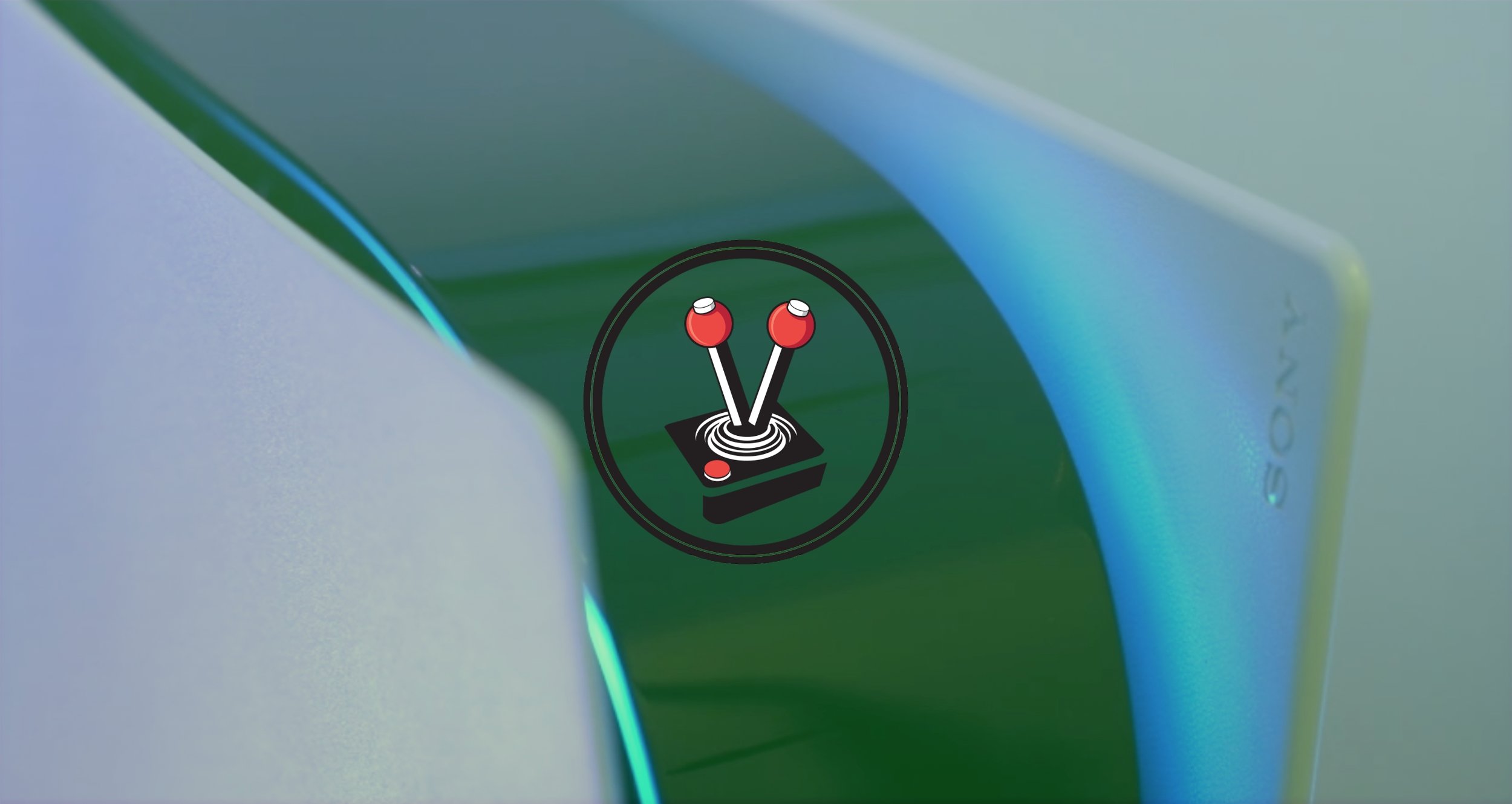

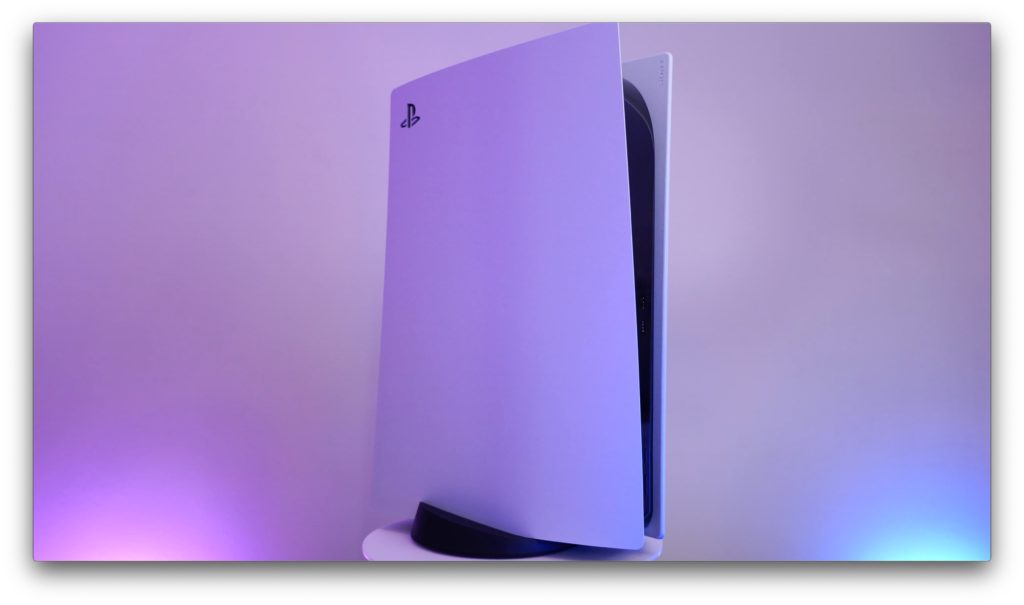
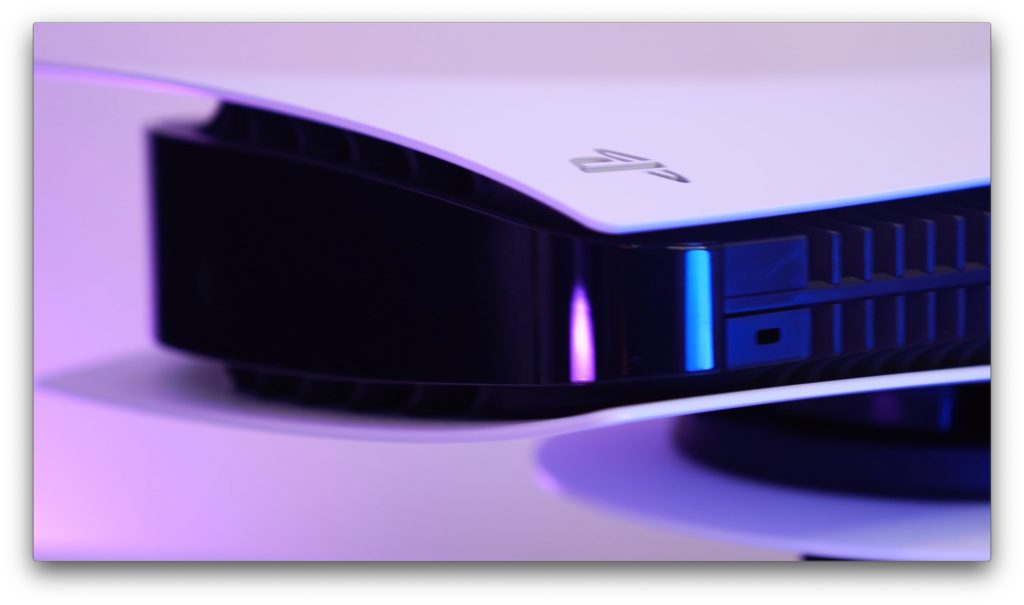

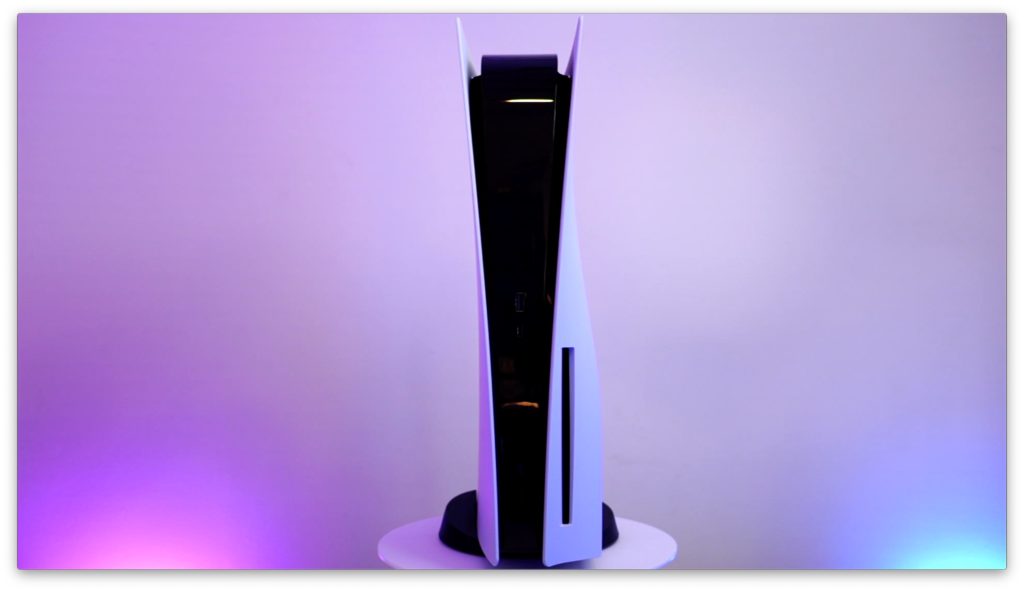
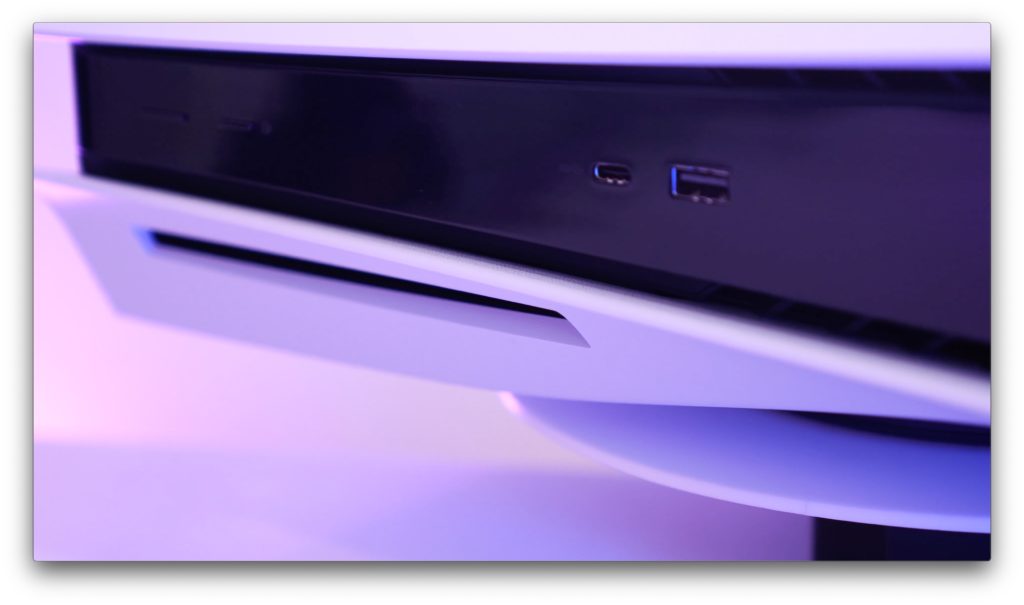




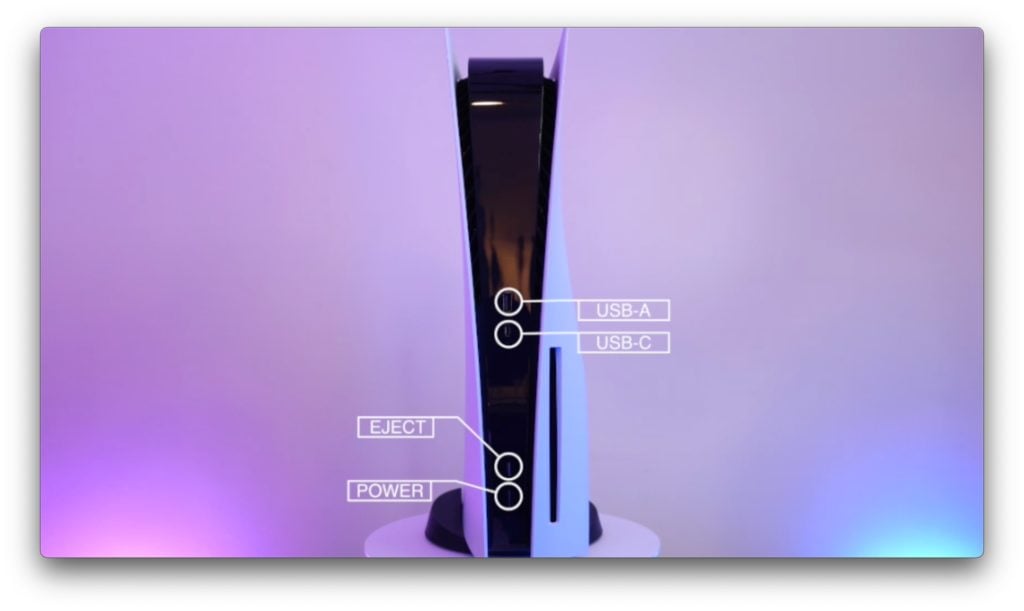






















![Razer Kraken V3 Pro Review – Welcome to Boomtown [Redux]](https://vamers.com/wp-content/uploads/2022/07/Vamers-Technology-Razer-Kraken-V3-Pro-Review-Banner-218x150.jpg)








